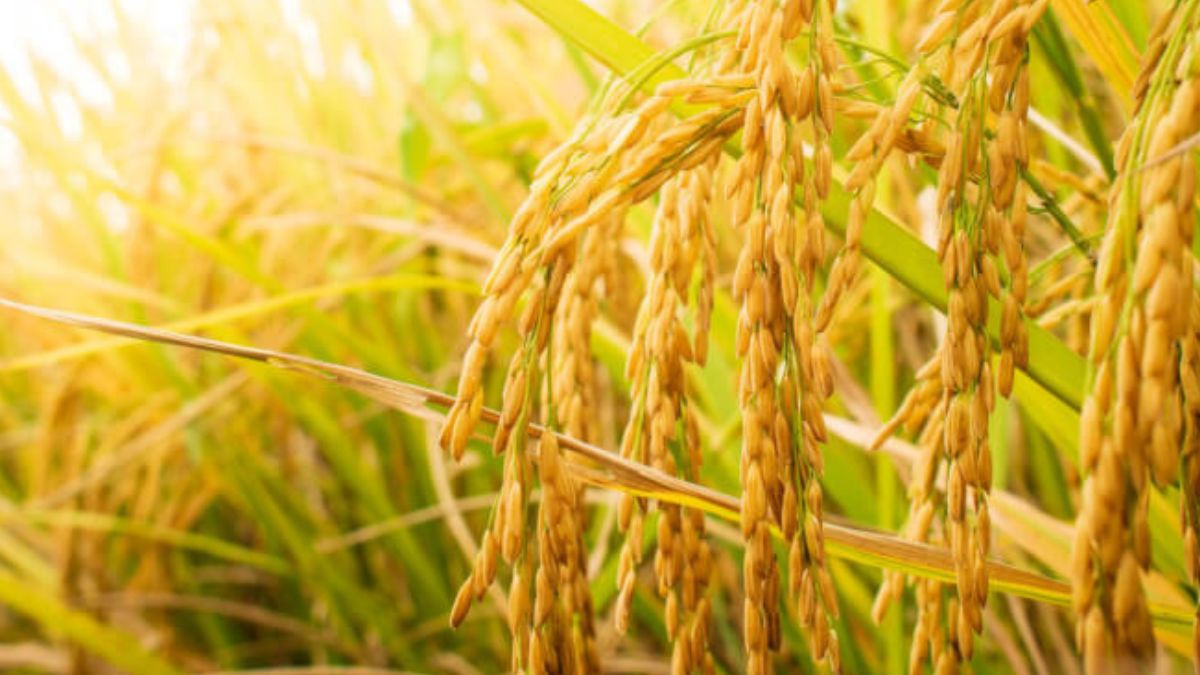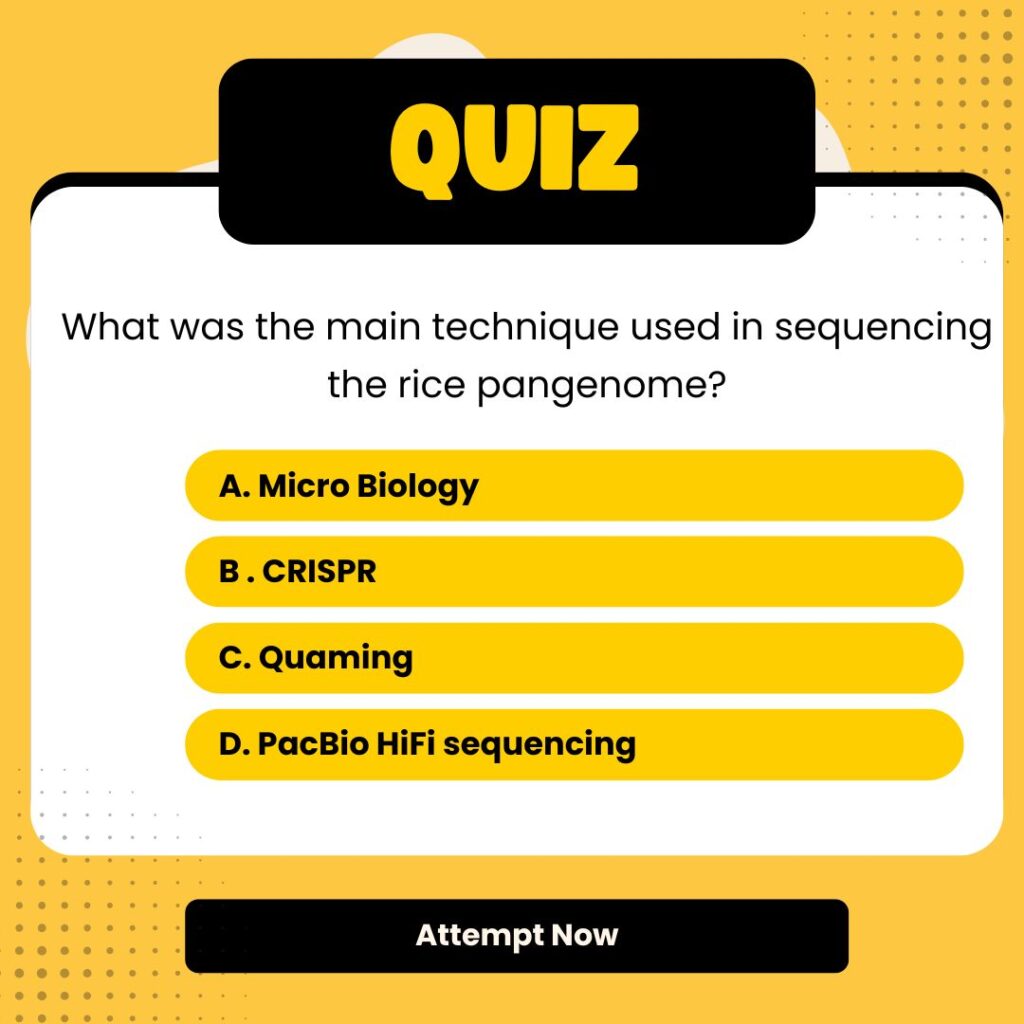In a significant scientific breakthrough, researchers—mostly from the Chinese Academy of Sciences—have assembled the first-ever pangenome of Asian cultivated rice (Oryza sativa L.). By sequencing the genomes of 144 rice varieties, both wild and cultivated, this research provides a comprehensive genetic map that could revolutionize the way rice is bred—paving the way for climate-resilient, high-yield, and disease-tolerant rice cultivars. The discovery is a landmark for global food security and the fight against climate-induced crop failures.
Why in News?
The development of the rice pangenome was recently reported and is being hailed as a crucial milestone for agricultural science, especially in the face of climate change. It arrives at a time when global warming is threatening crop yields. India, one of the world’s largest rice producers, recorded its hottest year in 2024, making such breakthroughs all the more important.
What is a Pangenome?
- A pangenome includes core genes (common to all varieties) and accessory genes (unique to specific strains).
- Unlike traditional reference genomes that show one version of a species, a pangenome offers a complete genetic picture.
Key Findings
- Sequenced using PacBio HiFi technology.
Contains 69,531 genes, of which,
- 28,907 are core genes.
- 13,728 are wild-rice-specific genes.
- Found 3.87 billion base pairs of genetic material not present in the earlier reference genome of O. sativa ssp japonica.
- About 20% of identified genes are exclusive to wild rice.
Significance of the Study
- Reinforces the hypothesis that all Asian cultivated rice originates from the Or-IIIa wild rice group.
Offers genetic diversity critical for,
- Disease resistance
- Climate resilience
- Improved yield and adaptation
- Can bridge gaps between wild and cultivated rice, giving breeders access to valuable genetic traits.
India-Specific Relevance
- Rice is a staple for two-thirds of the global population.
- India produced a record 220 million tonnes of rice in 2024–25.
- Rising temperatures (average increase of 0.7°C since 1901) and arsenic uptake in rice are major challenges.
- Recently, ICAR developed two genome-edited rice varieties (Samba Mahsuri and MTU 1010) but they are not yet released for public farming.
| Summary/Static | Details |
| Why in the news? | Scientists Create First Pangenome of Asian Rice |
| Topic | Creation of first pangenome of Asian rice |
| Scientists Involved | Primarily from Chinese Academy of Sciences |
| No. of Varieties | Studied 144 (wild and cultivated) |
| Total Genes Identified | 69,531 (28,907 core, 13,728 wild-specific) |
| Method Used | PacBio HiFi sequencing technology |
| Significance | Genetic diversity for resilience, disease resistance, climate adaptability |
| Relevance to India | Major rice producer; rising climate threats; genome-edited varieties under trial |




 NASA Loses Contact with MAVEN Spacecraft...
NASA Loses Contact with MAVEN Spacecraft...
 US FDA Qualifies First AI Tool to Accele...
US FDA Qualifies First AI Tool to Accele...
 11th India International Science Festiva...
11th India International Science Festiva...







